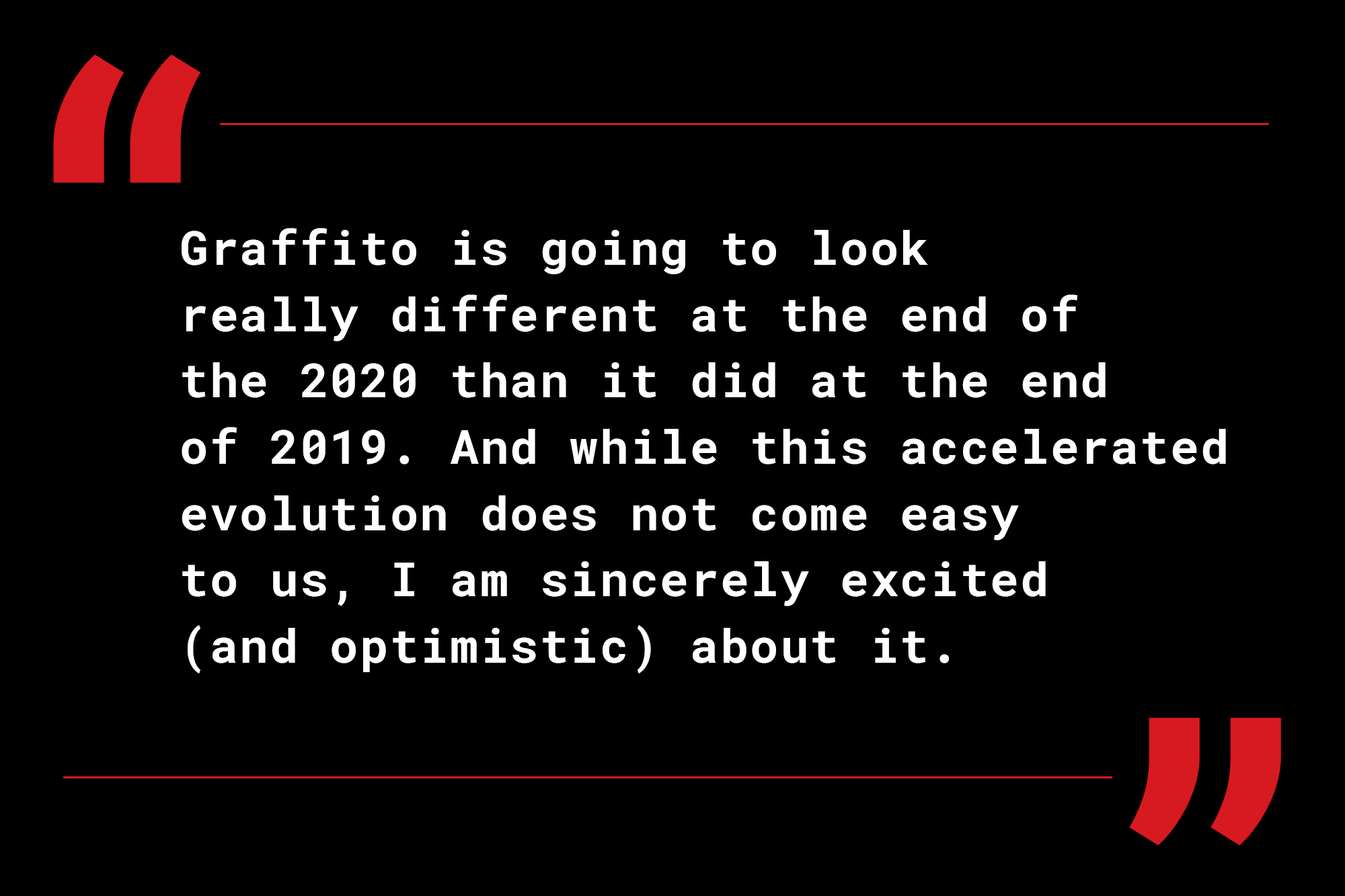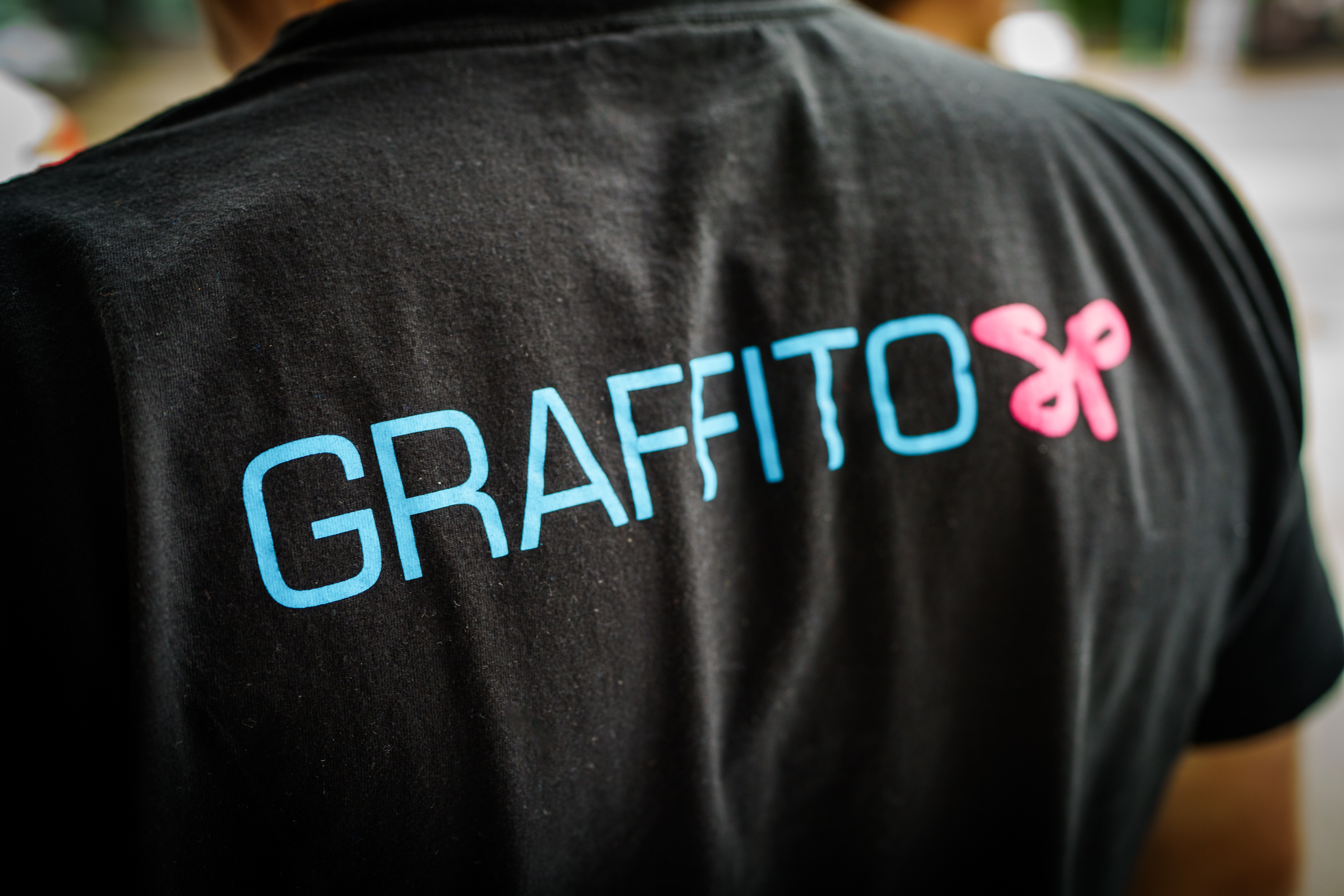Update #11: Silver Linings
Last week’s update, I Hope I’m Wrong, was a bit dark for some of you (yes, I’m OK — and yes, I am still, generally, a proud optimist), so this week I’m turning the corner with something a bit more upbeat and hopeful.
One of my favorite lines in print from the last week appeared in this Boston Globe article re: local farms on Sunday: “Intense interest in local food is an unexpected silver lining of the pandemic, farmers say.” Indeed there are some silver linings associated with this COVID-19 disaster, another one being our suspicion over here at Graffito that it may in fact be local businesses that emerge stronger from this crisis than the national and regional chains. I laid out some quick thinking on this matter back in April in this A Main Street Resurgence post, stating:
The assumption from many in retail real estate right now is that locals will be crushed because of COVID-19 and it is the chains that are be best equipped to figure out the right recipe for recovery. Maybe it is the opposite though? Maybe, as we’ve said so many times on this blog and elsewhere, the most important thing in our post-coronavirus world is flexibility, non-formulaic thinking, and strong local networks…
The explosion in popularity of farm-shares and CSAs is just one data point suggesting that a local-first movement may indeed be afoot. Any such movement will only be possible though if our local restaurants and retailers deploy not just flexibility, but also creativity. Fortunately we are seeing a lot of this right now: numerous restaurants and cafes converting to markets and small format grocers (most recent addition in this category locally is Vincent’s Market by the Cafe du Pays team over in Cambridge, MA); beautiful new public art meant to promote spatial distancing and customer happiness (see: Revival Cafe’s patio lava); new online shops featuring local artists and makers (see: Zone3’s Artist Shop); and well executed new on-demand fitness platforms (see: EBF Live). These examples offer just a tiny snap-shop from the Boston market, but there is a lot of similar ingenuity happening in local markets across the country. As more non-essential businesses re-open in the weeks ahead, I expect to see an abundance of interesting pivots and new businesses emerge from a range of locally owned retail businesses. This will be really exciting to watch.
Also, from the good news department, we are seeing an increased level of flexibility from historically rigid and slow-moving government agencies and regulatory bodies across the country as they find ways to support retailers and restaurants. For example, the #openstreets movement is gaining traction quickly with significant support from state and local governments. I believe we will come out of this crisis with (i) significant lessons learned re: better utilizing public space for the benefit of pedestrians, cyclist and retailers and (ii) a further developed set of best practices for local governments seeking to repurpose building edges, parking spaces, and public streets for much more than just vehicular movements. This is a really good thing for our cities; and especially good for the next generation of urban retail.
Perhaps the best news of the week is that Graffito is experiencing an uptick in leasing activity from a small handful of both local and national tenants. Not a lot, but something. And considering where we were the past few months, this is great news. It also raises some really interesting transactional issues that we have yet to flesh out as a real estate community. For example, what will be the norm in retail leases regarding future pandemics? The landlord-tenant relationship is all about risk allocation and there are more questions than answers here at the moment, with relatively little case law and transactional precedent to guide negotiations. Further, there is a third player that needs be considered in all lease negotiations: insurance companies. What will be the availability of pandemic related business interruption insurance policies for retailers (or landlords)? We don’t know this yet, and until we do lawyers will likely struggle to effectively and efficiently draft and negotiate retail leases. But the fact that we are even in a place where our thinking is moving back to leasing is wonderful.
So yeah, there are some good signs out there. And I remain really hopeful and confident in Graffito’s future. But just like the handful of small businesses mentioned above, I know that we need to pivot and reinvent ourselves too. Graffito’s first move is the launch of Graffito ID, a creative services and branding firm led by Graffito’s Creative Director (Drew) and Graphic Designer (Brooke). We’ve been ruminating on this new business for years; COVID-19 accelerated it. Our clients and partners need not just more, but better visual content. We go live with the Graffito ID website on 6/1.
Graffito ID gives us another tool to help our clients and partners with things like environmental graphics, new and improved websites, better photography, drone footage, and, generally, more of-the-moment visual messaging at a time when the public desperately needs such. Further, while originally envisioned as being a business line just for our existing clients and our own projects, GID’s work will now include assistance to restaurants and retailers; businesses we care deeply about, which are currently in need of swift help as they pivot to reopen and reinvent themselves.
Graffito ID makes us a better company. And it makes us more nimble, valuable, and viable during the coronavirus-era. But it doesn’t end here: we are talking on a weekly — often daily — basis over here at GSP about the “SP” in Graffito SP. The strategic partner side of our business that is about to get a lot more attention. We are currently developing new ways to partner with you all in real estate projects and also exploring an exciting new partnership with a local software company, which will give us access to real-time data that helps us better understand consumer behavior, especially as related to food and beverage consumption.
As I noted in Update #5, Graffito is going to look really different at the end of the 2020 than it did at the end of 2019. And while this accelerated evolution does not come easy to us (nor will it be easy moving forward), I am sincerely excited (and optimistic) about it. Simply put, COVID-19 will make us a better, more diversified business. COVID-19 will, long-term, also make a lot of local retailers, makers and farms better and more viable. But first, somehow, we all need to get through the intense short-term pain that surrounds us all. Because to take advantage of all the silver linings out there we need to emerge from this not just open, but open and smarter.
More on the theme of smarter next week in Update #12!
Onward,
/Jesse




